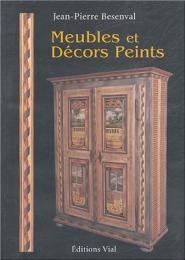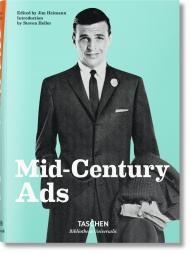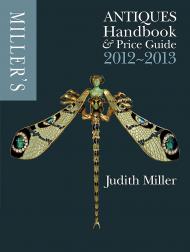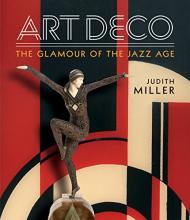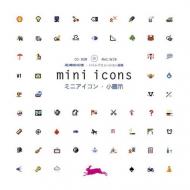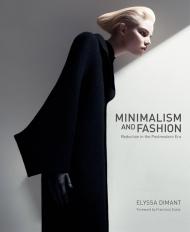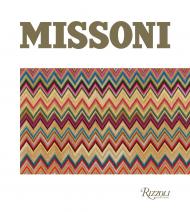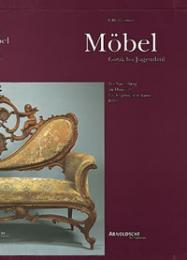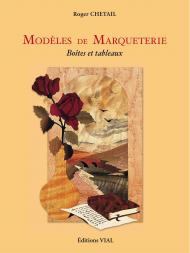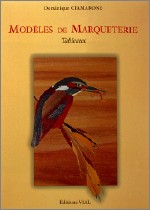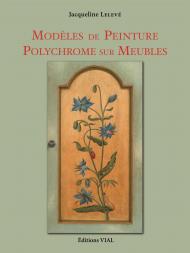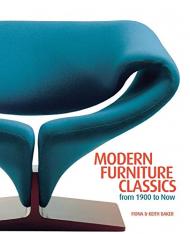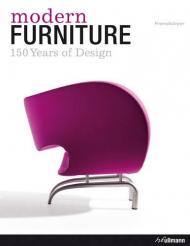Author Massimiliano Capella, Introduction by Mario Boselli, Contributions by The Missoni Archive, Edited by Luca Missoni
ID:
15925
A celebration of the unmistakable Missoni style, whose innovative approach mixes bold color, pattern, and material with an extraordinary sense of balance and elegance.
This is the first fully comprehensive book about Missoni, created with full access to the archives and with the support of the Missoni family. Lavishly designed, it features reproductions of Missoni patterns printed on special material and stitched into the binding between signatures along with other special features.
This volume was conceived as a design object, in which images, texts, original fabrics, drawings, color palettes, and fashion patterns speak to one another. Missoni celebrates an elegance that has become an artistic expression as well as something of a cultural and fashion revolution since the early 1950s, when Rosita and Ottavio Missoni began their creative journey into fashion and art, with a talent for experimentation that never betrayed the spirit of their origins in the decades to come.
Divided into thematic sections, each is introduced by an essay including quotes by the Missonis themselves, highlighting the artistic decisions that contributed to the success and recognizability of their fashion house.
With previously unpublished material from both the family and the company archives, this volume is a look into the creative and artistic world of Missoni.
About the Author:
Massimiliano Capella is professor of costume and fashion history at the Bergamo University. Mario Boselli is the honorary president of "Camera Nazionale della Moda Italiana," which promotes Italian Fashion internationally. Luca Missoni is the artistic director of the Missoni Archive and curates museum exhibitions for the brand
____________
Пролистать книгу Missoni: The Great Italian Fashion
